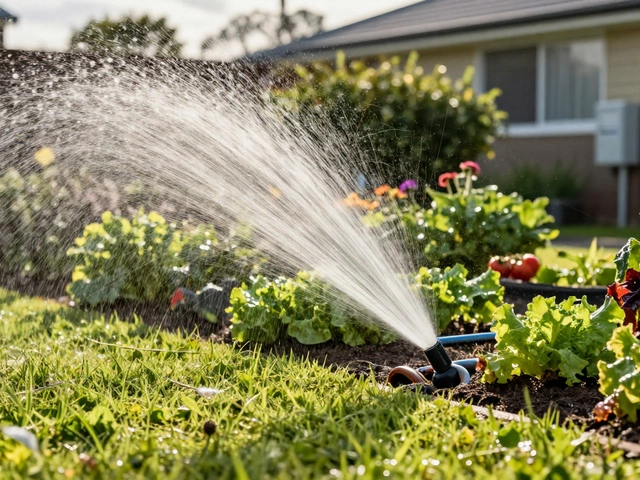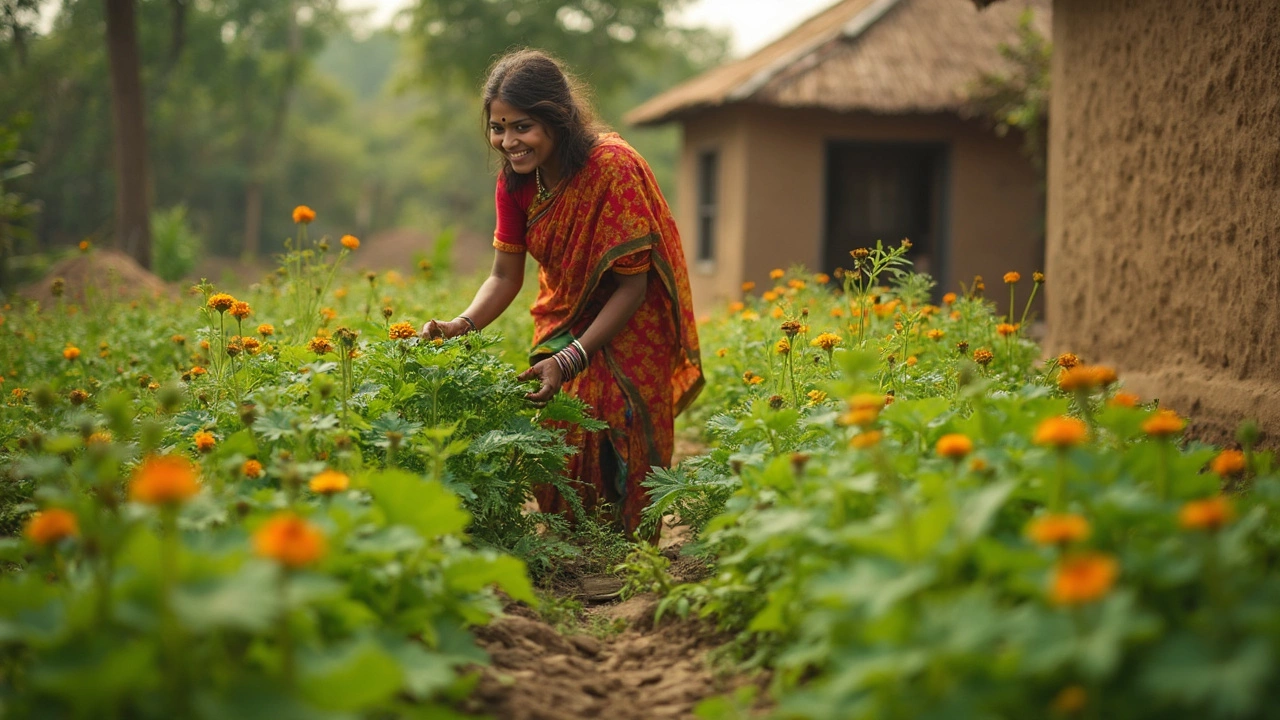Indian Kitchen Garden: Simple Steps to Grow Fresh Food at Home
Want veggies, herbs, and fruit right on your balcony or patio? You don’t need acres of land – a few clever moves turn any Indian home space into a thriving kitchen garden.
Plan Your Space and Pick the Right Crops
First, measure the area you have. Even a 2‑meter balcony can hold pots, hanging baskets, and a vertical trellis. Choose fast‑growing, shade‑tolerant plants like mint, coriander, and chilies if sunlight is limited. For sunny spots, go for tomatoes, okra, and dwarf beans. The post “How to Maximize a Small Balcony” shows smart layouts that fit storage, seating and vertical gardens without crowding the space.
Vertical planting is a game‑changer. Use garden‑type fabric pockets, old wooden pallets, or PVC pipes to grow beans, peas, or strawberries upward. This saves floor space and makes harvesting easier.
Water Smart – Drip Irrigation Made Easy
Over‑watering kills more plants than under‑watering. A simple drip system delivers water right to the root zone, cutting waste by up to 70 %. Start with a ½‑inch polyethylene tubing, lay it on the soil surface, and connect a low‑pressure timer. The guide “How Deep Should Drip Irrigation Lines Be Buried?” recommends burying the line 2‑3 cm deep for protection and better moisture distribution.
If the upfront cost feels high, the article “Why Isn’t Everyone Using This Efficient Watering System?” explains that you can begin with a few off‑the‑shelf drip emitters and expand later. Re‑using old plastic bottles as mini‑drip pots also works for tiny herb trays.
Soil, Compost and Plant Pairings
Good soil equals healthy plants. Indian kitchen gardens often start with garden‑center potting mix, but you can improve it with kitchen waste compost. Add a handful of well‑rotted compost to each pot; it boosts nutrients and soil structure.
If your soil feels heavy, the post “How to Loosen Heavy Garden Soil” suggests mixing sand or perlite in a 1:1 ratio. This improves drainage and root breathing.
Companion planting – called “sister plants” in the guide “Sister Plants” – can boost yields and deter pests. Plant basil next to tomatoes to repel flies, or grow marigold with leafy greens to keep nematodes away.
Avoid Common Mistakes
Not every kitchen waste helps. “Plants That Hate Coffee Grounds” warns that coffee grounds can make soil too acidic for carrots, radishes, and beans. Stick to composted material for those crops.
Many think houseplants need daily misting, but the article “Do Houseplants Need Misting?” clarifies that most Indian kitchen herbs prefer consistent watering over misting. Check the soil – if the top 2 cm feels dry, water thoroughly.
By planning space wisely, using drip irrigation, enriching soil, and pairing plants smartly, you’ll harvest fresh greens, herbs, and fruit all year long. Start small, watch what works, and expand your garden step by step. Happy gardening!
Vegetables Native to India: What Every Gardener Should Know
Curious about which vegetables truly come from India? This article dives into the roots of common vegetables in Indian gardens, highlighting what’s native and what came from elsewhere. Get straight answers with history, practical growing tips, and ways to make the most of native crops. Whether you’re starting a kitchen garden or just want to know your food better, you’ll find something new. There’s more to Indian veggies than meets the eye.
About
Vegetable Gardening
Latest Posts
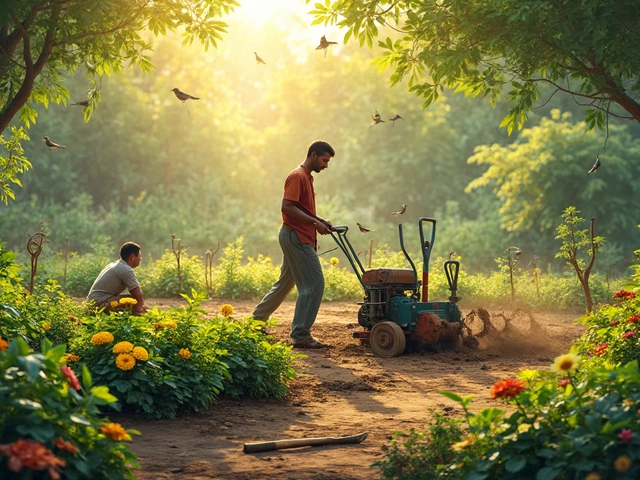

What Is the King of Flowers in India? The Sacred Lotus and Its Cultural Significance
By Alden Thorne Dec 2, 2025
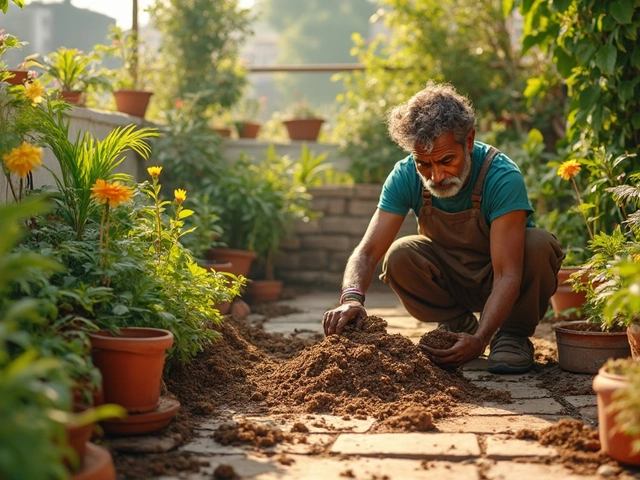
Mixing Top Soil with Garden Soil: Smart Tips for Terrace Gardening
By Alden Thorne Apr 1, 2025
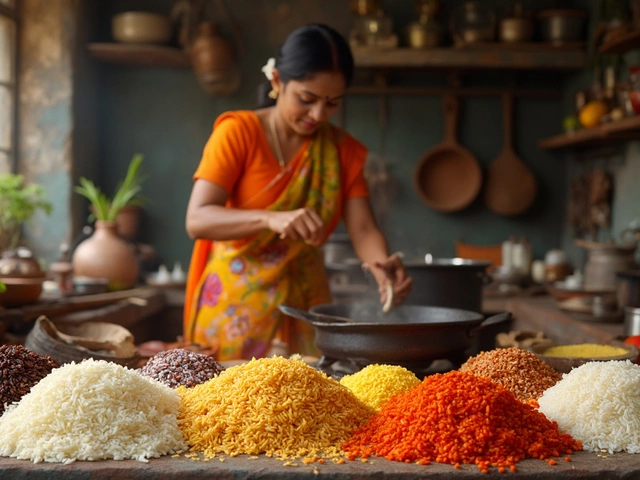
Why White Rice Might Spike Your Cholesterol Levels
By Alden Thorne Feb 16, 2025
